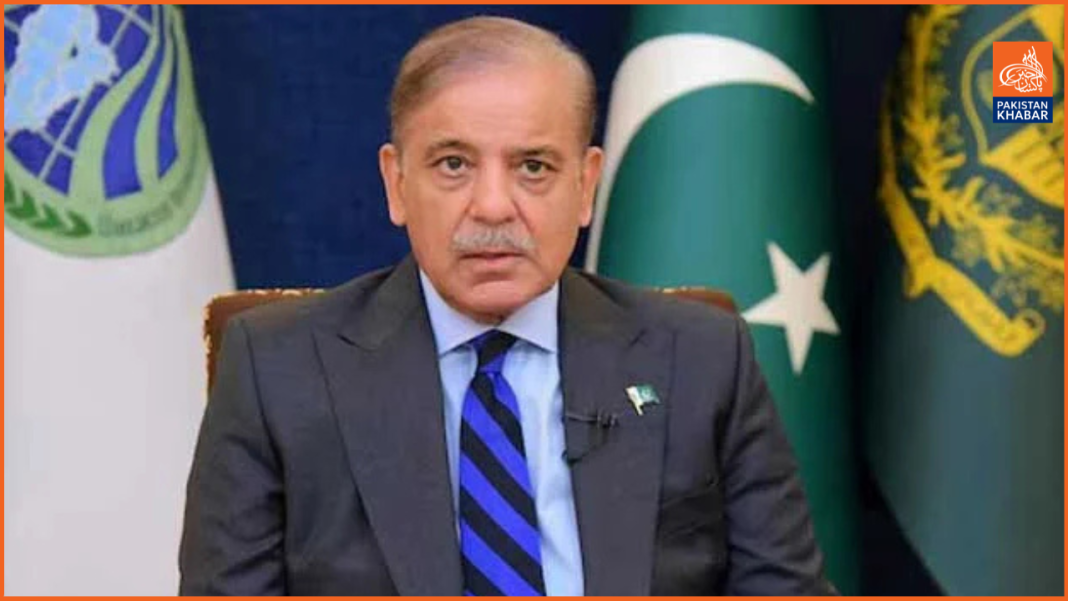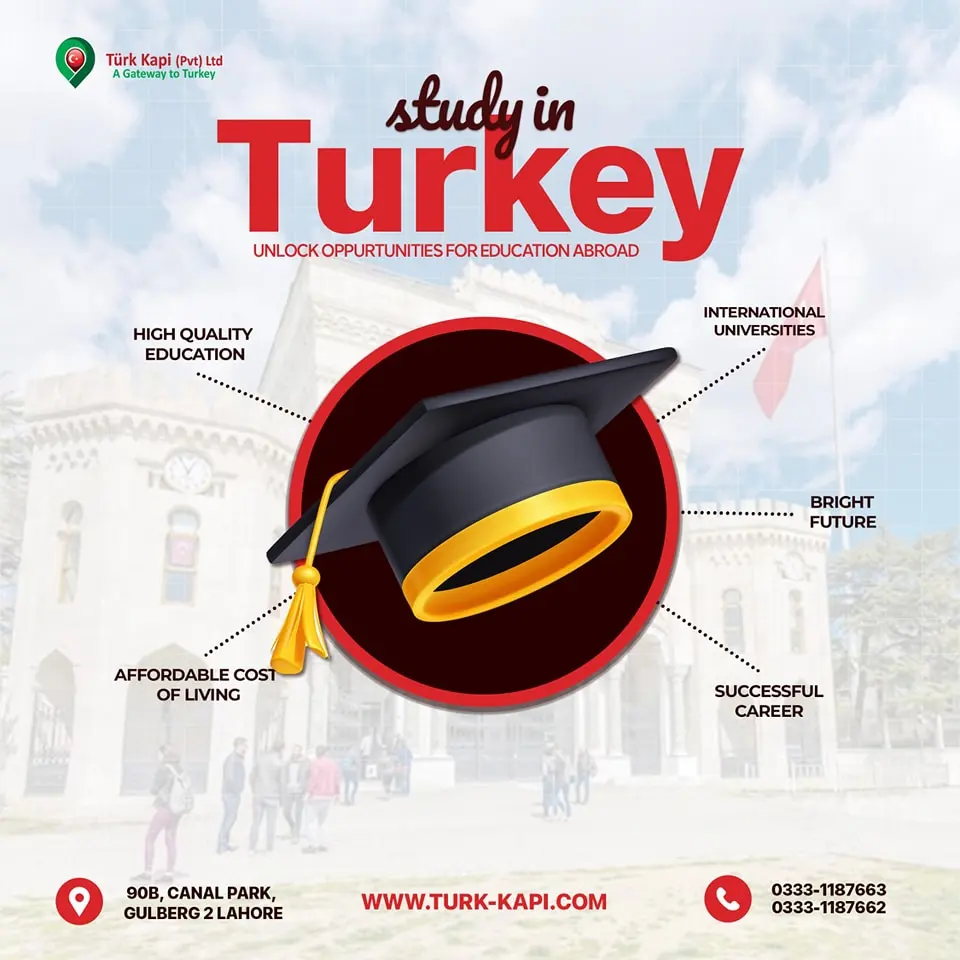In response to new reciprocal tariffs imposed by former US President Donald Trump, Prime Minister Shehbaz Sharif has established a 12-member steering committee to analyze and formulate policy responses to the move, which experts warn could harm Pakistan’s export competitiveness.
The newly announced US tariff plan includes a 10% flat rate on all imports, with an additional 29% imposed on Pakistani goods, citing a 58% tariff Pakistan allegedly applies to American products. This brings the total tariff on Pakistani exports to the US to 39%, effective from April 9, 2025.
The committee — which includes key ministers, trade experts, and ambassadors — is tasked with supervising a working group, reviewing policy recommendations, and potentially engaging in negotiations with the US. It can appoint more members if needed, and the Ministry of Commerce will provide support.
The US is Pakistan’s largest single-country export destination, accounting for around $6 billion annually, mostly in textiles. The steep tariff increase could lead to reduced competitiveness, job losses, and trade imbalance. Analysts note that goods such as copper, pharmaceuticals, and energy are exempt from the additional 29% tariff but still face the 10% baseline.
According to a report by the Commerce Ministry, the new tariffs essentially nullify Pakistan’s preferential trade status under the GSP program and could lead to a significant decline in textile exports.
While countries like Vietnam, Bangladesh, and Sri Lanka face even higher combined tariffs, Pakistan still faces disadvantages compared to lower-tariff countries like India and Turkey. The US has indicated willingness to reduce duties if trading partners lower tariffs on American goods — a potential path Pakistan might consider, especially since it already imports US cotton duty-free.
The ultimate effect of the tariff hike will depend on Pakistan’s negotiation efforts, trade reorientation, and possible policy adjustments.




